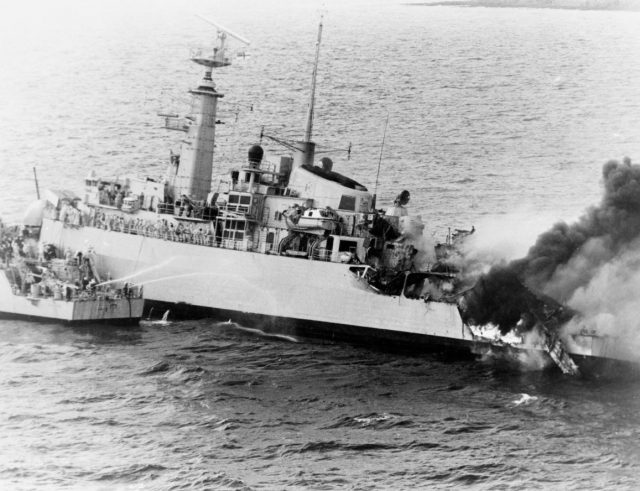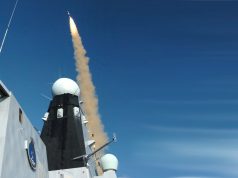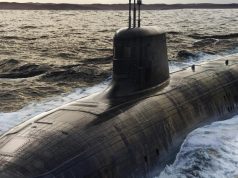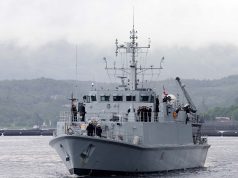
If you ever wondered how many ships and under which circumstances the Royal Navy lost since 1512, a new database that has become available to public is the best place to look.
The Royal Navy Loss List is a free online database which lists 5,100 warships and auxiliaries lost in naval service since the days of Henry VIII.
Created by the Maritime Archaeology Sea Trust in 2011, it was originally intended to help legal and conservation experts protect Royal Navy wrecks around the globe.
They realized it would prove of use and interest to fellow historians and the wider public, and have made it accessible to all.
The database is searchable by a ship’s name, class, and tonnage. Or you can list the vessels lost in French waters over the past 500 years (760), the number of ships lost on D-Day (416), or how many were sunk by aircraft in the Great War (six).
The database draws on official records and a raft of reference works, plus memoirs and eyewitness accounts where necessary.
Archaeological reports, and diver accounts were used to verify information on the survival of vessel remains.
Even then, says Giles Richardson, MAST’s senior archaeologist, the cause of many losses remains a mystery; more than half the ships lost in World War 2 are classified ‘unknown – lost in action’ due to lack of information.
Many of these are landing craft and other small vessels lost in major operations including Dunkirk, and Operations Torch and Overlord, when official loss reports were only collated centrally months later, and eyewitnesses had long since moved on.
“Delving into contemporary accounts reveals craft officially recorded as simply as ‘lost’ on the Normandy beaches suffered a wide variety of fates, including storm damage, mechanical breakdown and collision.”
The list covers all vessels lost in peace and war – but not RAF, Army, Coastguard and merchant craft upon which RN personnel may have served, nor ships captured by the enemy or those lost in the service of other navies or converted to merchantmen.
The database offers some fascinating statistics about the fate of Royal Navy ships down the ages.
Of the 5,100 wrecks listed, more than a quarter – 1,410 – are in the UK’s territorial waters and another 156 are within the UK’s Exclusive Economic Zone, extending 200 nautical miles from the coast.
Until the turn of the 20th Century accidental shipwreck rather than battle were responsible for the vast majority of losses, whereas conflict accounts for three quarters of all RN/RFA ships sunk since 1900.
Mines destroyed one in every four ships sunk in both world wars. And while three in every 100 ships lost in the Great War fell victim to enemy aircraft, a generation later air power accounted for nearly one third of all the Royal Navy’s losses. In all, 300 vessels were lost to aircraft and 605 to submarines.
The database has been hailed as a vital resource – both for the casual viewer and the serious historian/marine archaeologist – by the National Museum of the Royal Navy.
“The RN Loss List is a vital tool to begin to understand, research and manage these 5,100 wreck sites before they are lost forever,” said its director general, Professor Dominic Tweddle.
“The United Kingdom has a huge, rich and astoundingly diverse underwater heritage from Bronze Age boats to World War 2 wrecks – and it is a heritage which is spread around the globe.
“The National Museum of the Royal Navy displays extraordinary objects which have come from some of these wrecks: the bells of HMS Hood and HMS Prince of Wales, everyday objects from HMS Stirling Castle lost in 1703 and the amazing cutwater of HMS Invincible lost in 1758.
“It is vital that these myriad wrecks are treated as seriously as archaeological sites on land and this fantastic loss list compiled by MAST represents a huge step forward.”


























